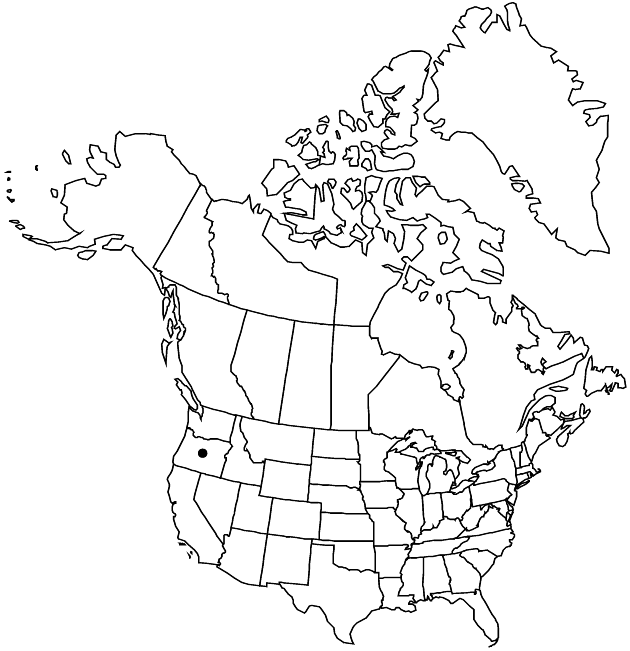Difference between revisions of "Lasthenia ornduffii"
Madroño 48: 209. 2002.
RevisionBot (talk | contribs) m (Bot: Adding category Revised Since Print) |
RevisionBot (talk | contribs) m (Bot: Adding category Revised Since Print) |
||
| (2 intermediate revisions by 2 users not shown) | |||
| Line 61: | Line 61: | ||
|publication year=2002 | |publication year=2002 | ||
|special status=Endemic;Conservation concern | |special status=Endemic;Conservation concern | ||
| − | |source xml=https:// | + | |source xml=https://bitbucket.org/aafc-mbb/fna-data-curation/src/2e0870ddd59836b60bcf96646a41e87ea5a5943a/coarse_grained_fna_xml/V19-20-21/V21_848.xml |
|tribe=Asteraceae tribe Heliantheae | |tribe=Asteraceae tribe Heliantheae | ||
|subtribe=Asteraceae (tribe Heliantheae) subtribe Baeriinae | |subtribe=Asteraceae (tribe Heliantheae) subtribe Baeriinae | ||
Latest revision as of 19:35, 6 November 2020
Perennials, 4–28 cm. Stems decumbent, branched proximally, ± hairy throughout, more so distally. Leaves linear to oblong, 6–40 × 1.8–5(–18) mm, (± fleshy) margins entire or with 3–5+ teeth, faces glabrous or ± hairy. Involucres campanulate to depressed-hemispheric, 5–14 mm. Phyllaries (± persistent) 8–14 (in 2 series), elliptic to ovate, ± hairy. Receptacles conic, muricate, glabrous. Ray florets 8–15; laminae elliptic to oblong, 5–9(–13.4) mm. Anther appendages deltate to sublanceolate. Cypselae silver-gray, linear to narrowly clavate, to 4 mm, glabrous; pappi 0, or of 1–4 translucent, brown, subulate, aristate scales (often variable within heads). 2n = 32.
Phenology: Flowering year round (mostly May–Aug).
Habitat: Coastal bluffs
Elevation: 0–500 m
Discussion
Of conservation concern.
Lasthenia ornduffii is known only from six or so populations in grasslands along the immediate coast in Curry County. The plants are usually scapiform.
Selected References
None.
